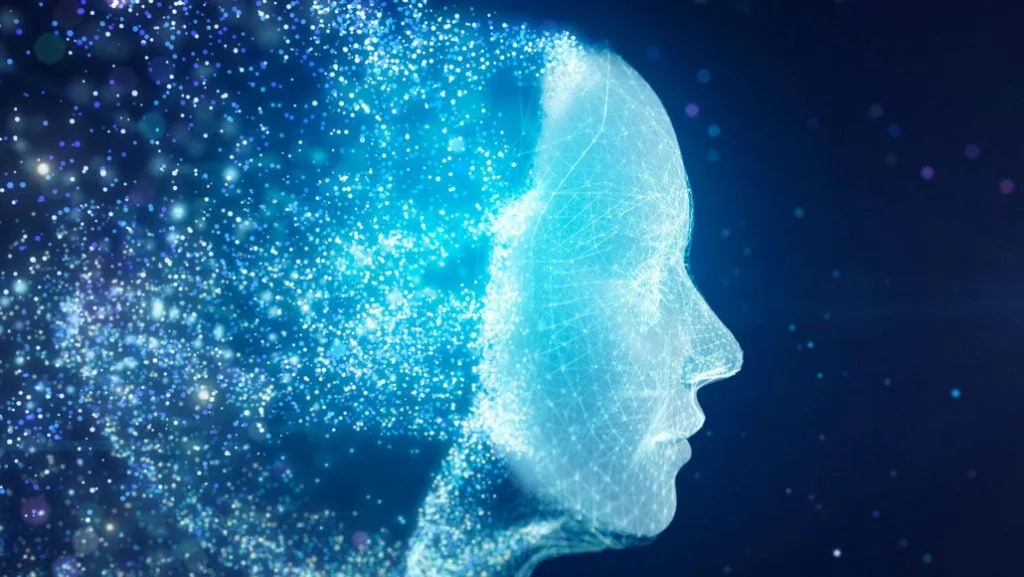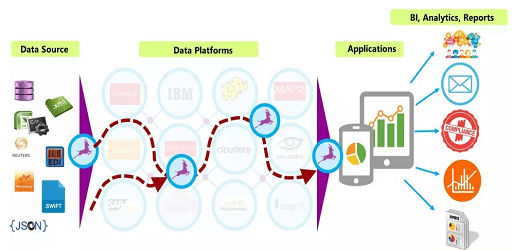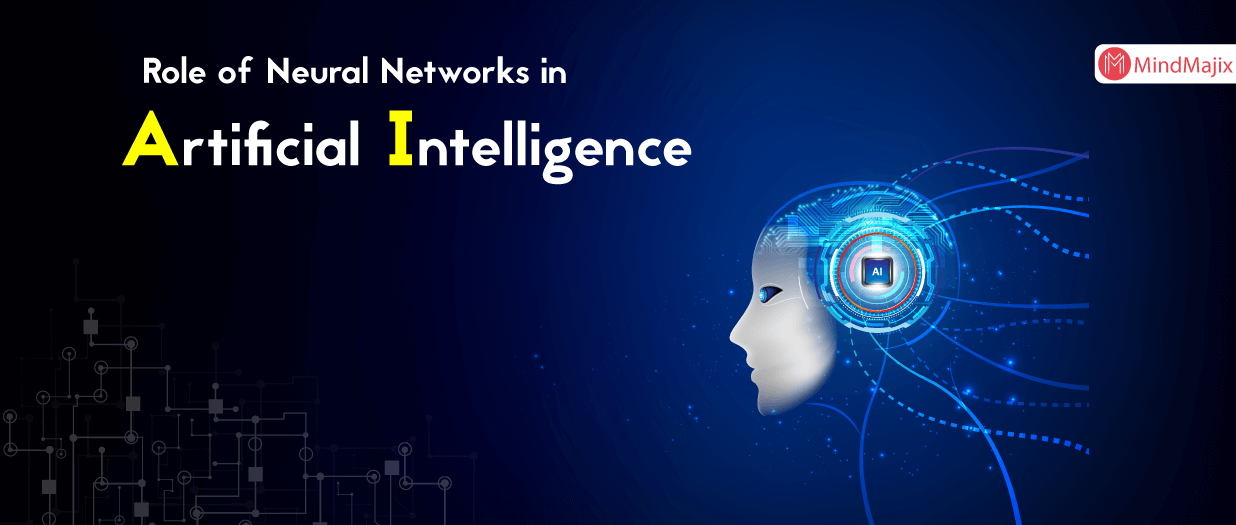Hyderabad: The field of Artificial Intelligence is moving forward at breakneck speed, with breakthroughs taking every passing day. Earlier this week on Wednesday, the Business Insider India website reported that a website known as Imgflip built a meme generator called ‘This Meme Does Not Exist.’ Which harnesses the power of machine learning to generate new memes by using the 48 most popular meme templates. And creating new captions at the click of the mouse.

On Thursday, OpenAI, a San Francisco-based research laboratory, unveiled Jukebox, a neural network that can create music. Along with lyrics and vocals, as per a blog published on the research lab’s official website. The researchers at the OpenAI lab trained multiple machine learning models that were fed with a dataset of over 1.2 million songs over. Made by combing through the web which was then paired with their corresponding lyrics. And metadata that includes the name of the artist, the genre of the album, year of release, along with the playlist keywords linked to the song and the common moods. It then performs data augmentation by randomly downmixing the right and left channels to produce Mono audio.
You may also like The Ways Artificial Intelligence Is Reshaping Human Resource Management
Artificial Intelligence Can Compose a Song on Its Own
The research paper on Jukebox said that these new AI models could produce songs from different genres like rock, hip-hop, and jazz. It said, “They can capture melody, rhythm, long-range composition. And timbres for a wide variety of instruments, as well as the styles and voices of singers to be produced with the music.” The paper also said that they could also generate novel completions of existing songs. The software can be conditioned on different artists and genres to steer the musical and vocal style. It can also condition unaligned lyrics and make the singing more controllable.
You may also like Role Of Neural Networks In Artificial Intelligence
The blog, however, also pointed out certain limitations of Jukebox. And said that while the songs that were generated through these models can follow traditional chord patterns, show local musical coherence. And can even feature impressive solos. It is still not able to produce familiar larger musical structures including choruses that repeat. These models are also quite slow and take approximately 9 hours to render one minute of audio fully. And hence cannot be used in interactive applications for now. The OpenAI website also released thousands of samples produced by the software and model weights and code. You can check out these samples by clicking on the website given here: https://jukebox.openai.com/
Would you like to read more about Artificial Intelligence-related articles? If so, we invite you to take a look at our other tech topics before you leave!












